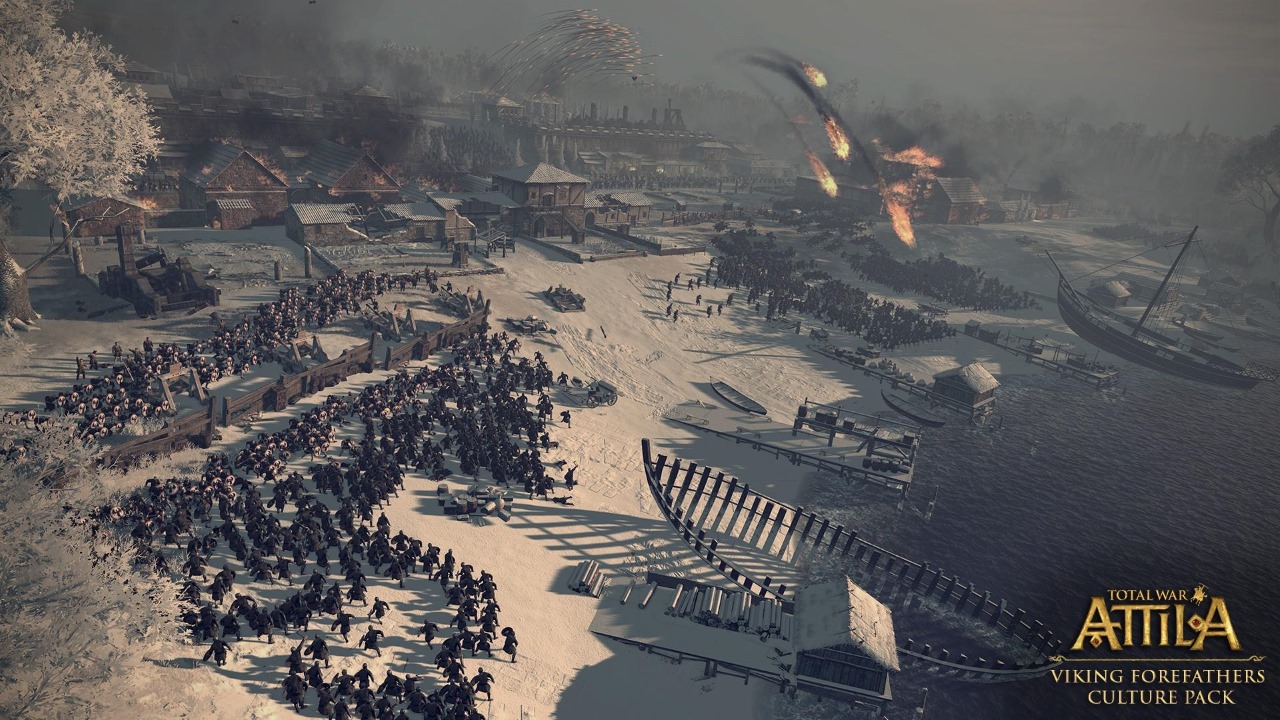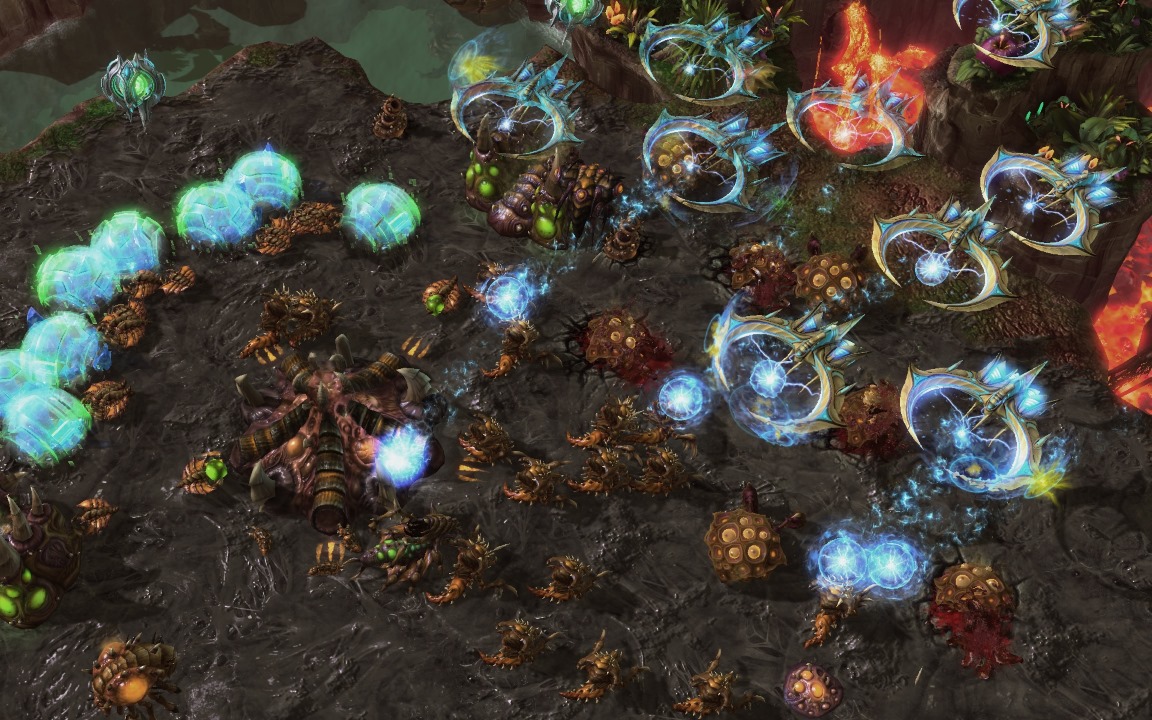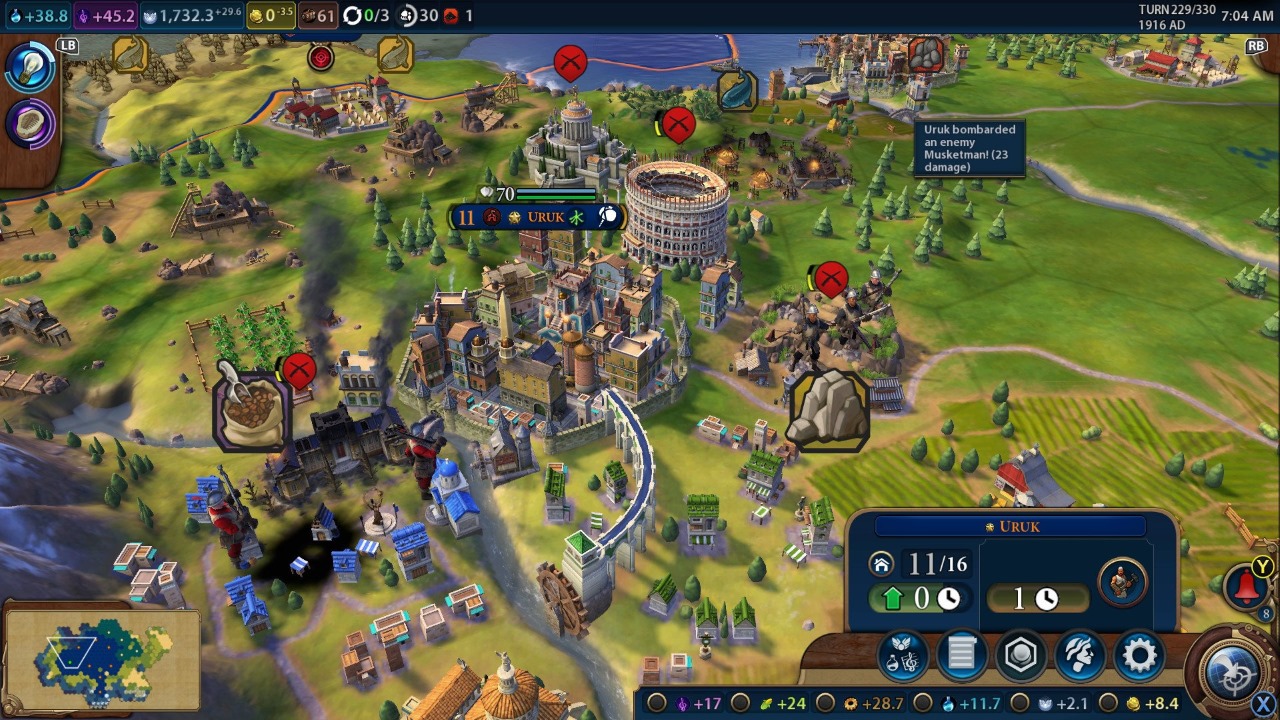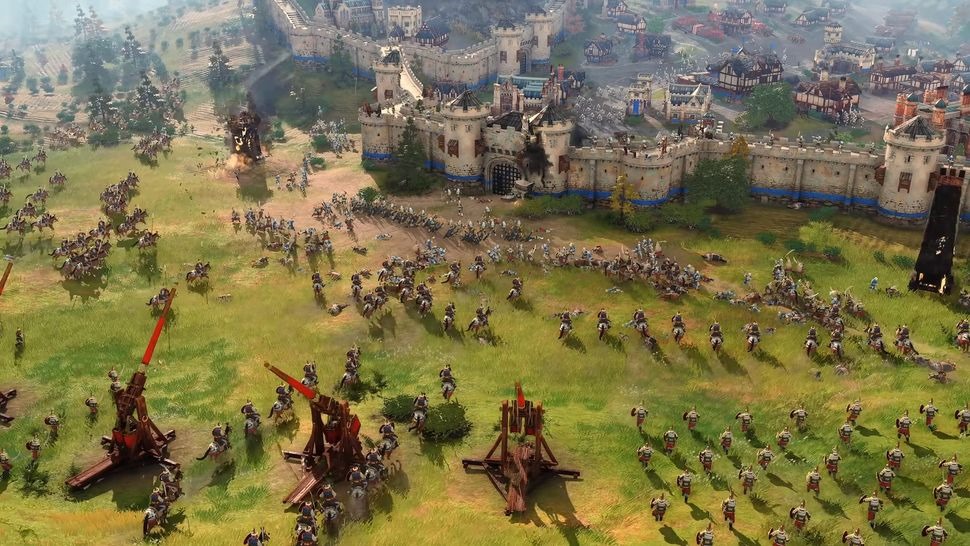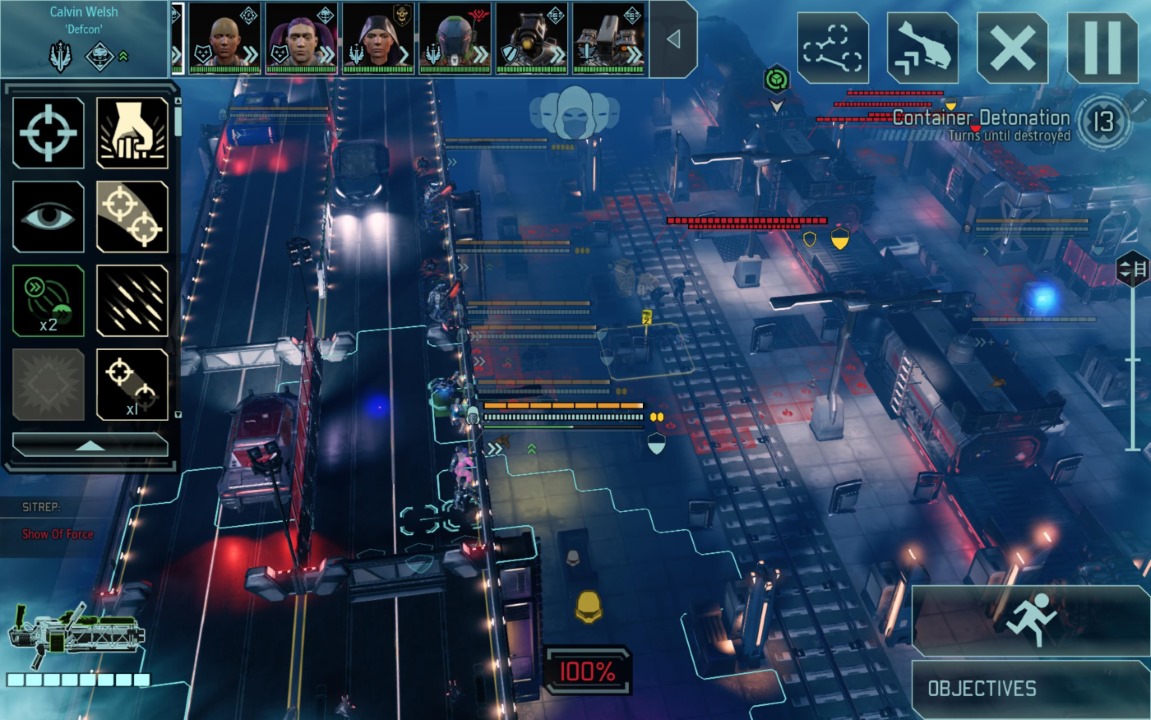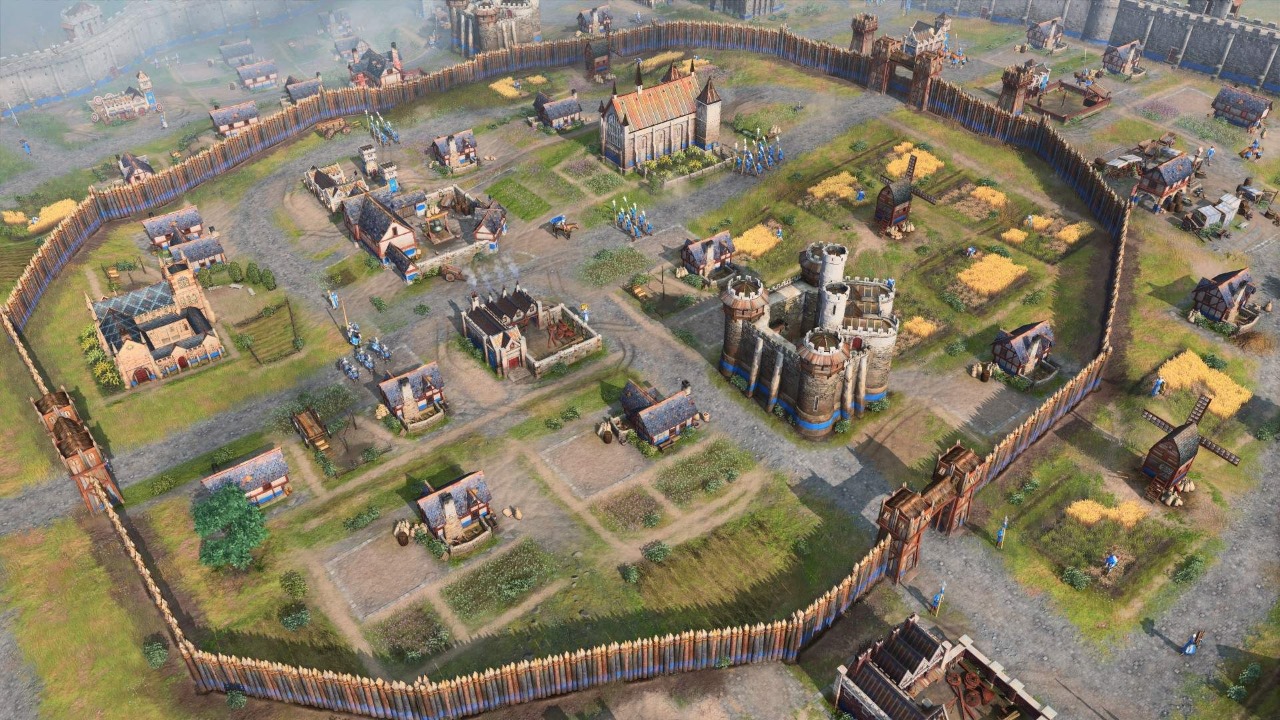There’s a quiet truth among seasoned strategy gamers that rarely gets spelled out: if your opening move is weak, you're already losing. The first five minutes—or in turn-based games, the first five turns—don’t just set the pace. They can define the match. These initial choices shape your economy, your positioning, your ability to respond, and even your opponent’s psychological state. This isn’t an exaggeration. A strong opening forces your rival to play on your terms. It gives you tempo, initiative, and often, control of the game's flow.
When we say "opening moves that win 80% of strategy games," we're not reaching for an arbitrary number. This is a reflection of countless match analyses, community discussions, and tournament meta breakdowns. Whether you’re playing a 60-minute 4X epic or a five-minute ranked StarCraft ladder match, consistent early moves increase win rates dramatically. It’s not about memorizing build orders blindly. It’s about understanding core principles—why early control, tempo, and efficiency matter universally.
In the world of strategy games, small advantages compound fast. A single extra unit, one more worker, a slightly faster scout—these aren’t trivial gains. They’re how pros snowball. The opening is your first move on a chessboard, your first card played in a bluff, your opening shot in a long war. Misplay it, and you’ll spend the entire game recovering. Nail it, and you’ll find your opponent struggling to keep up before they’ve even had time to breathe.
Universal Principles Behind Dominant Openings
Regardless of whether you’re playing a turn-based classic like Civilization VI or a high-speed RTS like StarCraft II, certain principles apply across the board. They’re not genre-specific—they’re strategic truths. The most dominant openings almost always share three pillars: early control, economic momentum, and informational advantage.
Establishing early control doesn’t mean blindly rushing your opponent—it means staking a claim. In map-heavy games, this could mean securing a chokepoint, a high ground, or a valuable resource node. In chess, it means centralizing your pieces to limit your opponent’s mobility. The moment you force your opponent to respond instead of act, you’ve gained tempo. You’re no longer reacting—you’re dictating.
Prioritizing resources is the backbone of long-term success. Strategy games are economies disguised as battlefields. The player who gets to their second city faster, produces units more efficiently, or controls income nodes earlier will almost always gain the advantage. Efficient players stack economic upgrades, minimize downtime, and avoid early spending on low-impact options.
Information is everything. In games with fog of war or hidden movement, early scouting is essential. It tells you what your opponent is planning, but it also lets you adjust your own opening based on real data. A well-timed scout can tell you if a rush is coming, or if you’re safe to expand. Games like Age of Empires IV and Company of Heroes reward players who can gather info and adapt in real-time.
Above all, powerful openings never tunnel-vision. They prepare for a range of follow-ups. Whether you’re teching up, defending, or transitioning into mid-game pressure, the best openings are flexible. They're structured—but not rigid. That flexibility makes them reliable and resilient, which is why they win… and win often.
Opening Moves in Competitive Turn-Based Strategy
Let’s break things down with the genre that has arguably the deepest historical roots: turn-based strategy. Games like Chess, Civilization VI, and Advance Wars offer perfect case studies for opening play because each action can be analyzed with surgical precision.
In Chess, the opening is studied down to the individual move. The Italian Game (1.e4 e5 2.Nf3 Nc6 3.Bc4) is a perfect example of an aggressive yet safe opening that immediately pressures the center, allows rapid piece development, and offers multiple follow-up paths. While advanced players may branch into the Sicilian or King’s Indian Defense, the Italian remains a cornerstone of strong amateur and intermediate play. Why? Because it’s simple, solid, and punishing against greedy or passive opponents. That’s what a good opening should be—low-risk, high-control.
Civilization VI introduces randomness with terrain, but the principles remain. Your first ten turns are about maximizing yield. Settle near high-output tiles (food and production), get your builder and scout rolling, and pursue a civic that opens critical infrastructure. The mistake most players make? Chasing military too early or expanding too fast. One extra turn of production delay can snowball into a lost wonder, a weak capital, or a missed era bonus. Optimal openings usually involve focusing science and culture to unlock expansion techs before overcommitting to exploration or combat.
Advance Wars, with its grid-based simplicity, teaches opening tactics beautifully. Your first few turns are all about capturing cities while protecting fragile infantry. Veterans know which units to produce first (usually recon or tanks), and they map out city-capture routes like clockwork. Missing a capture window? That’s 1,000G lost every turn. Strong openings balance aggression with income development and unit preservation.
These games differ in mechanics, but their openings are governed by the same logic: grab what matters early, develop safely, and build toward a position of power. From pawns to pikemen, the formula is deceptively simple—and brutally effective.
Opening Moves in Real-Time Strategy (RTS) Games
RTS games are where openings become pure muscle memory. In games like StarCraft II, Age of Empires IV, and Command & Conquer, the first 3–5 minutes are so critical that players rehearse them like musicians practice scales. One misclick, one supply block, one delayed worker—and the whole build order collapses.
StarCraft II is a masterclass in this. Terran players follow “Reaper Expand” or “1-1-1” builds; Zergs memorize “12-Pool” or “Hatch-Gas-Pool” timings. These aren’t just memorized because they’re popular—they’ve been mathematically optimized for tempo, safety, and adaptability. Opening with a 12-Pool allows Zerg players to apply immediate pressure to greedy opponents. But if the enemy defends well, the Zerg can still fall back on macro with minimal loss. That’s the mark of a great opener: offensive potential, with a safe fallback plan.
Age of Empires IV players obsess over age-up timing. Getting to Feudal Age before your opponent allows earlier unit production, tower placement, and economic upgrades. The opening move here often revolves around perfect villager allocation—how many gather food, how many chop wood, when to build your first house. Slight inefficiencies here snowball fast, especially in ranked play.
Command & Conquer leans more toward fast aggression. Unlike StarCraft, it rewards early unit spam and map control. Knowing when to tech vs. when to swarm is the soul of a good opening. A single harvester kill can snowball into economic collapse for the enemy. Top-tier openings involve constant scouting and quick tech reads. React fast, strike first.
In all RTS games, a good opening feels like a launch pad. It’s precise. It’s efficient. And it’s adaptable. Without it, you’re flying blind.
Asymmetrical Strategy Games and Specialized Starts
Not every strategy game is symmetrical, and that changes how you need to think about your first moves. Asymmetrical games like XCOM 2, Total War, or MOBAs such as Dota 2 or League of Legends add another layer to the opening game. Here, your role, faction, or map placement changes how you should begin—and it demands deeper game knowledge.
In XCOM 2, opening moves aren’t about economy—they’re about positioning. Concealment lets you set ambushes, and a good opener uses this to wipe the first pod of enemies before they react. If you lose concealment too early, the mission becomes exponentially harder. This is a game of inches—one tile can mean the difference between a flanking crit and a total squad wipe. The best players know where to move, when to activate pods, and how to preserve momentum without rushing.
Total War throws diplomacy into the mix. As a player starting with a weak military and bad neighbors, your opening might involve early trade pacts and non-aggression treaties while you build up. Playing a strong faction? You might immediately blitz a nearby settlement. But here’s the trick—Total War punishes overexpansion. Great openers are about tempo management, not blind conquest. Know when to strike. Know when to build.
In MOBAs, opening strategy revolves around roles and map control. Supports drop early wards to prevent jungle ganks. Midlaners watch rune timers. Junglers pick optimal starting camps and routes for first gank efficiency. Every move is designed to either create pressure or prevent early deaths. Good openers give your team vision, gold, and lane dominance within the first five minutes.
In these asymmetrical environments, one-size-fits-all doesn’t work. What wins 80% of the time here is understanding your unique strengths and deploying them instantly. The best opening is the one your specific role demands—and the one your opponent didn’t prepare for.
Psychological Warfare and Assertive Openings
The mind is the most dangerous weapon in strategy games. A powerful opening move doesn’t just create a tactical advantage—it creates doubt. The moment your opponent begins to question their plan, they’ve ceded control. This is where psychological warfare enters the equation. And yes, it starts from the very first move.
Assertive openings force your opponent to respond, not execute. That’s critical. In StarCraft II, an unexpected early pool or proxy gateway build immediately puts the other player on the defensive—even if you never commit to a full rush. You’ve now changed the flow of the match. They cancel economy upgrades, pull workers off the line, or bunker up. Their opening is no longer optimized—they’re scrambling.
The same effect shows up in Chess. A move like the Scandinavian Defense (1. e4 d5) is aggressive and unorthodox. Against unprepared opponents, it triggers discomfort. It throws them out of book lines. They start overthinking. And if they blunder early, you snowball the lead—often before they realize what went wrong.
This idea of early pressure applies across genres. In League of Legends, an invade at level one—even if it doesn’t lead to a kill—can force lane swaps, wasted summoner spells, or early wards. In Total War, a surprise declaration of war can cripple enemy planning, cause unrest, or force them to abandon key settlements defensively. You haven’t just made a move—you’ve forced a reaction.
More subtle forms of psychological play include baiting. Pretend you’re rushing, then macro behind it. Or go for a greedy build that looks defensive—then strike hard. Good players read your build based on your early moves. Great players mislead with them.
Confidence, too, is a weapon. An assertive start communicates readiness. It says: “I’ve done this before. I know what I’m doing.” And whether you’re bluffing or not, that mental pressure can weigh heavily on opponents who are already second-guessing themselves.
Opening moves are more than just numbers and timings. They’re mind games. Play them right, and you win before the fight even starts.
Common Mistakes Players Make in Early Game
Strong openings can win you the match—but bad ones? They can end it before it even begins. Time and again, players fall into predictable traps in the early game, handicapping themselves without realizing it. Understanding these common missteps is essential if you want your openings to be consistently strong.
Overextending is a classic blunder. You try to do too much, too soon. In Civilization VI, this might mean sending settlers deep into unclaimed territory while neglecting defenses. In StarCraft II, it’s building a third base without scouting, leaving yourself vulnerable to a two-base push. Greed isn’t inherently bad, but it must be calculated. Early gains mean nothing if you can't hold them.
Copying meta builds without understanding them is another widespread error. New players often mimic pro-level openings without context. They see a Korean pro 12-Pool rush and try it on the ladder—without recognizing the scouting, map control, and reaction timing that makes it viable. Without game sense, even the best opening becomes fragile.
Ignoring scouting is probably the most fatal mistake in fog-of-war games. You can’t adapt your strategy if you don’t know what your opponent is doing. Blindly following your plan while they prep a hard counter? That’s not bravery—it’s suicide. Information is power, and you should always use your early moments to gather it.
Tunnel vision kills creativity. You follow your build to the letter but don’t react to new information. The game shifts, and you don’t. Strategy becomes script—and scripts don’t win wars. They get punished.
Ultimately, the biggest early-game mistake is not thinking. Rushing through your first moves like a checklist instead of adapting with intention. Strong openings are thoughtful. They're responsive. They're built with purpose. Bad ones? They’re just autopilot—and autopilot never wins 80%.
Adaptive Opening Strategies Based on Opponent Type
No opening strategy is perfect in a vacuum. The best players don’t just memorize builds—they adapt based on who they’re facing. And this, perhaps more than anything, separates casuals from serious competitors. Reading your opponent before they even make their move? That’s a skill worth more than any guide.
Facing aggressive opponents? Don’t take the bait. Defensive greed is often the best play. In Age of Empires IV, that might mean walling early and going double Town Center while your enemy wastes units on fruitless harassment. In Chess, facing a wild attacker means simplifying, trading down, and starving them of tactical fireworks. The trick is staying calm. Aggressive players thrive on flustered reactions. Don’t give it to them.
Turtlers, on the other hand, love to build up and play long games. You beat them with map control, economic dominance, and tempo. Force them to react early. Take expansion points. Deny resources. If they’re playing for late-game units, kill them before they get there. In StarCraft, this might mean denying third bases or harassing tech buildings. Against turtlers, the best opening moves are ones that establish economic pressure early—before their fortress is built.
Predictable players are vulnerable to bait-and-switch tactics. If you’ve scouted them before and they always fast expand or always rush, craft an opener that punishes it directly. The beauty here is in the meta-game: winning before the game even starts by understanding psychology and pattern recognition.
High-skill opponents demand flexible openings. The moment you feel they’re adapting, shift gears. Fake an all-in, then expand. Show aggression, then turtle. Against experienced players, the best openings are modular. They give you multiple pivot points depending on what you read.
Understanding your opponent is like holding a mirror. Your opening shouldn’t just reflect your strategy—it should reflect theirs. If you can tailor your early moves to counter your enemy before they’ve even executed their plan, you’ll win more matches than not. The match begins at the loading screen—and your mind should already be working.
With the opening mastered, the rest of the game becomes a canvas—one you control from the first move. Whether it’s a turn-based empire or a minute-by-minute battle, strategy is about shaping tempo, defining space, and staying one step ahead. And that begins before the first shot is fired. If you're looking to win more often, don’t just focus on late-game armies or endgame wonders. Focus on the first five turns, the first five minutes. That’s where winners are made. That’s where games are won—or lost.

